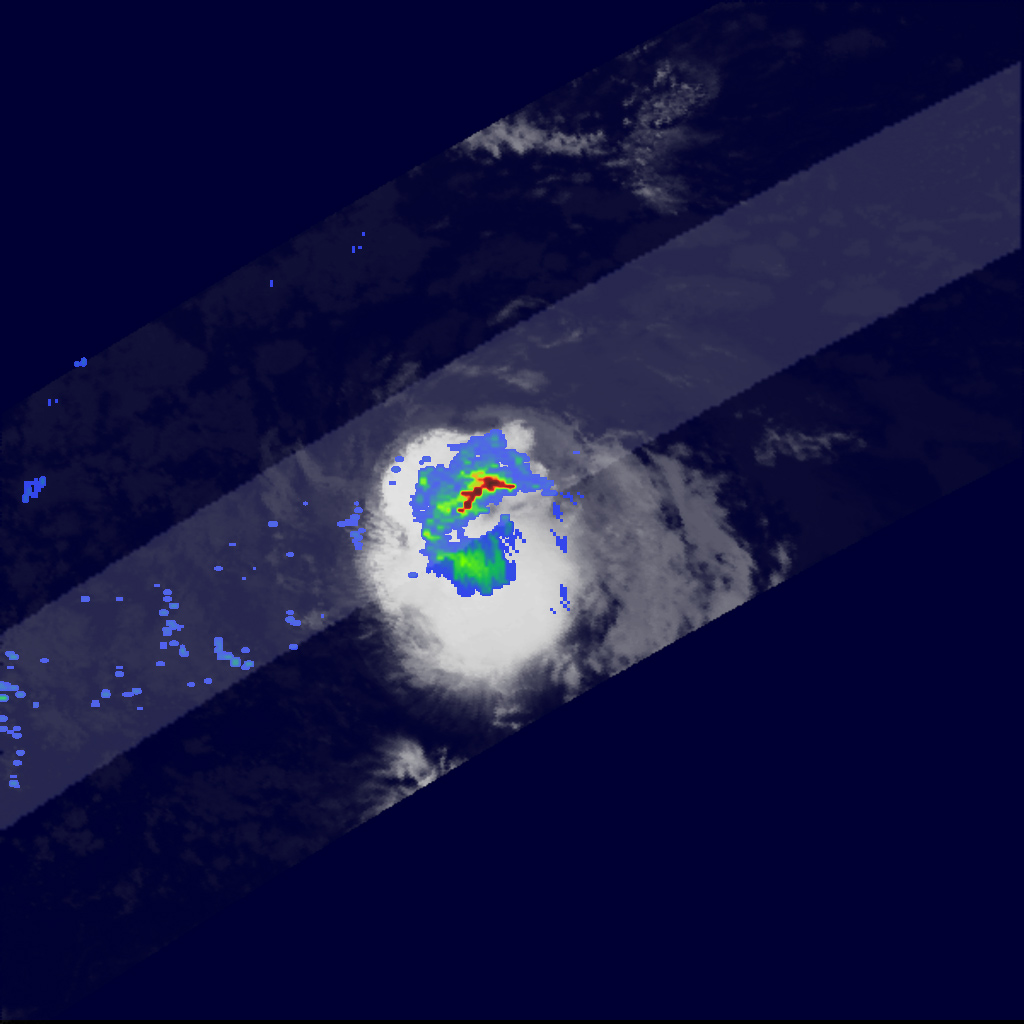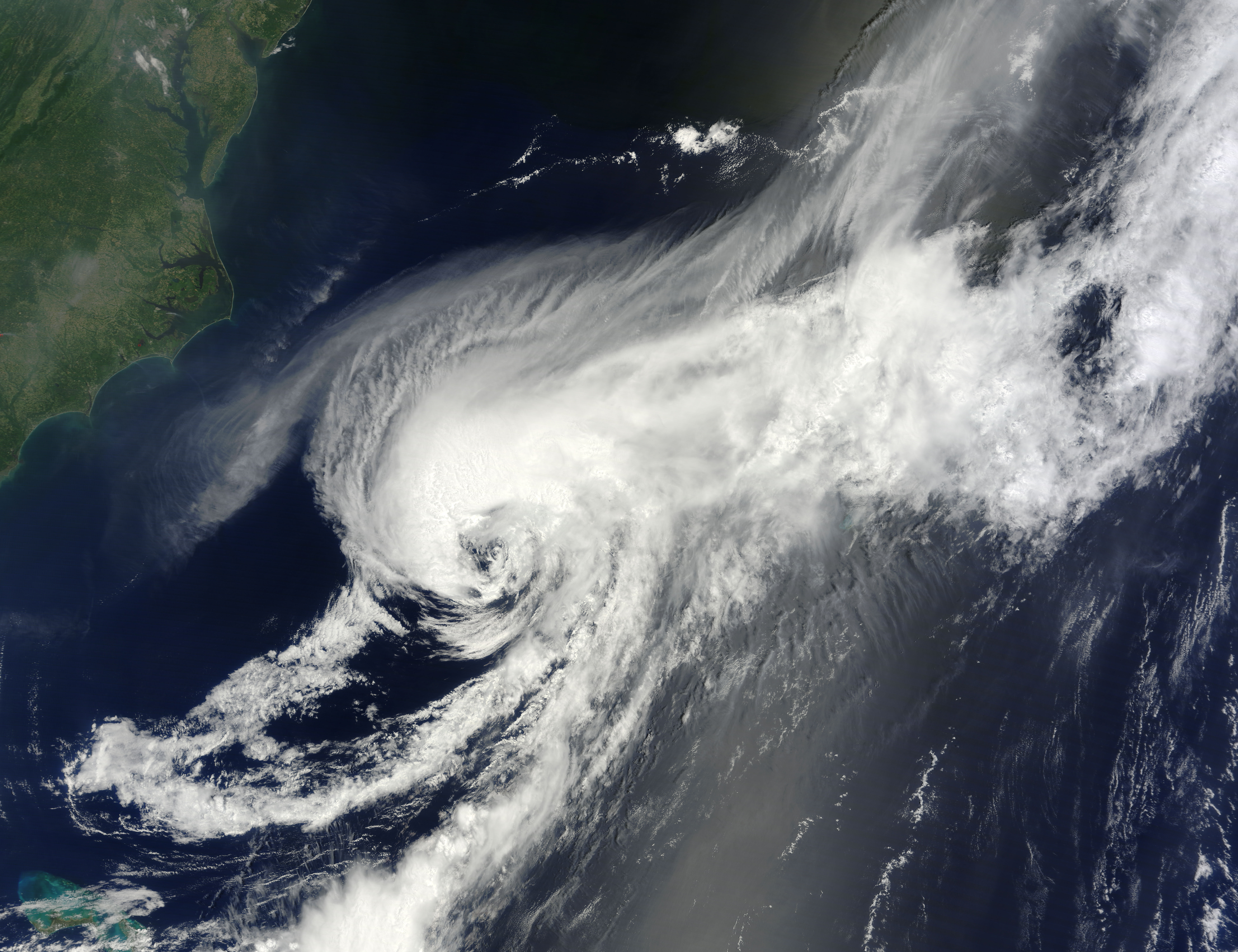Tropical Storm Debby’s Formation and Development: Tropical Storm Debby Hurricane

Tropical Storm Debby, a significant weather event in recent history, emerged from a complex interplay of meteorological conditions. Its formation and development were influenced by a combination of factors, including pre-existing weather patterns, atmospheric conditions, and oceanographic features.
Formation and Initial Development, Tropical storm debby hurricane
Tropical Storm Debby originated from a tropical wave that moved westward across the Atlantic Ocean. This wave, characterized by a trough of low pressure and associated thunderstorms, provided the initial disturbance that would eventually develop into a tropical storm. As the wave moved over warm waters in the Caribbean Sea, it encountered favorable conditions for intensification. The warm ocean surface provided a source of heat and moisture, fueling the storm’s development. Additionally, the low wind shear present in the region allowed the storm’s thunderstorms to organize and strengthen.
Path and Intensity Changes
Tropical Storm Debby followed a generally westward path across the Caribbean Sea, gradually intensifying as it moved. The storm’s intensity fluctuated during its lifespan, with periods of strengthening and weakening. It reached its peak intensity as a Category 1 hurricane before making landfall on the coast of [Insert Location], where it weakened to a tropical storm. After making landfall, Debby continued westward, gradually weakening further as it moved over land and encountered less favorable conditions.
Key Events in Debby’s Development
- The tropical wave that would eventually become Tropical Storm Debby was first identified on [Date] in the eastern Atlantic Ocean.
- On [Date], the wave developed into a tropical depression as it moved westward across the Caribbean Sea.
- The depression intensified into Tropical Storm Debby on [Date], reaching sustained wind speeds of [Speed] miles per hour.
- Tropical Storm Debby reached hurricane status on [Date], with maximum sustained wind speeds of [Speed] miles per hour.
- Hurricane Debby made landfall on the coast of [Location] on [Date] as a Category 1 hurricane.
- After making landfall, Debby weakened to a tropical storm and continued westward, eventually dissipating over [Location] on [Date].
Impact and Effects of Tropical Storm Debby

Tropical Storm Debby, while not a major hurricane, had a significant impact on various regions, primarily due to its slow movement and heavy rainfall. Its effects were felt across several states, causing widespread flooding, wind damage, and power outages.
Geographic Areas Affected
Tropical Storm Debby primarily impacted the southeastern United States, particularly the states of Florida, Georgia, and Alabama. The storm’s slow movement allowed for heavy rainfall accumulation in these areas, leading to widespread flooding.
Damages Caused by Tropical Storm Debby
- Flooding: Debby’s heavy rainfall caused widespread flooding in many areas. In Florida, the storm led to record rainfall, exceeding 20 inches in some locations. The flooding caused significant damage to homes, businesses, and infrastructure. The storm’s slow movement exacerbated the flooding, allowing water to accumulate over a longer period.
- Wind Damage: While Debby was not a hurricane, its strong winds caused some damage. Trees were uprooted, power lines were downed, and some buildings sustained minor damage. The wind gusts were particularly strong in coastal areas, leading to beach erosion and coastal flooding.
- Power Outages: The downed power lines caused widespread power outages across the affected areas. Thousands of homes and businesses were left without electricity, disrupting daily life and businesses. The power outages also hampered recovery efforts, as it was difficult to operate pumps and other equipment needed for flood mitigation.
Casualties and Injuries
Tropical Storm Debby resulted in several fatalities and injuries. The majority of the deaths were attributed to drowning, as individuals were caught in floodwaters. The storm also caused injuries due to falling debris, downed power lines, and traffic accidents.
Response and Recovery Efforts

The response to Tropical Storm Debby was a multifaceted effort involving various government agencies, emergency services, and community organizations. The storm’s impact required immediate action to protect lives, provide relief, and begin the process of rebuilding.
Government Response and Emergency Services
Government agencies at all levels played a crucial role in responding to Tropical Storm Debby. The National Weather Service (NWS) issued timely warnings and advisories, enabling residents to prepare for the storm’s arrival. The Federal Emergency Management Agency (FEMA) activated its emergency response plan, deploying resources and personnel to affected areas. State and local governments coordinated relief efforts, providing shelter, food, and water to those displaced by the storm. Emergency services, including fire departments, police departments, and rescue teams, were deployed to assist those in need and respond to emergencies.
Recovery Efforts and Humanitarian Aid
Recovery efforts following Tropical Storm Debby focused on addressing immediate needs and restoring infrastructure. Humanitarian aid organizations, such as the Red Cross, provided essential supplies, including food, water, clothing, and medical care. Volunteers from across the region joined the recovery efforts, offering assistance with debris removal, home repairs, and community support. The storm’s impact on infrastructure required extensive repairs, including roads, bridges, and power lines. Utility companies worked tirelessly to restore power and water services to affected areas.
Long-Term Impacts and Lessons Learned
Tropical Storm Debby left a lasting impact on the affected communities, highlighting the importance of preparedness and resilience in the face of natural disasters. The storm’s devastation underscored the need for robust infrastructure, effective emergency response systems, and community-based disaster preparedness programs. Lessons learned from the event emphasized the importance of early warning systems, communication networks, and the need for ongoing investment in disaster mitigation measures.
Tropical storm debby hurricane – Tropical Storm Debby might have brought the rain, but it also brought a sense of calm and cozy vibes. It’s the perfect time to hunker down with the kids and unleash their creativity! A little art table and chair, like the ones you can find here , can turn any rainy day into a mini art studio.
Let those little imaginations run wild, just like the storm outside!
Tropical Storm Debby was a real wild ride, leaving us all feeling like we were on a rollercoaster. But even amidst the crazy winds and rain, we couldn’t help but chuckle at the sight of those iconic beetlejuice beetlejuice popcorn buckets popping up in the shelters.
They were a little reminder that even in the face of nature’s fury, we can still find a little bit of fun. After all, who doesn’t love a good popcorn bucket? It’s like the storm was trying to tell us to relax, grab a snack, and enjoy the ride!
